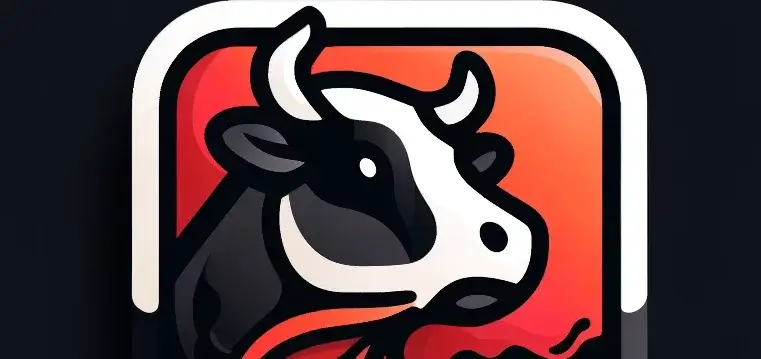Art has always reflected human ingenuity, a medium for storytelling and self-expression. Throughout history, artists have sought ways to push boundaries, experimenting with techniques and materials to bring their visions to life. Today, technology has emerged as a powerful ally for artists, offering tools that enhance creativity and streamline processes. While some argue that technology threatens the authenticity of artistic expression, others embrace it as a catalyst for innovation. Platforms like Ayumio exemplify how technology can seamlessly integrate into creative workflows, bridging the gap between imagination and execution.

The Intersection of Art and Technology
The relationship between art and technology is not new. Each technological revolution, from the invention of the printing press to the invention of photography, has permanently changed the rules of art. In the digital age, this evolution has intensified, leading to the creation of tools that supplement the creative process and become an active part of it. Many digital illustration applications, three-dimensional modeling programs, and even virtual reality interfaces provide artists with once-unimaginable freedoms.
For instance, an artist creating a painting on a computer can try out effects, opacities, and many other things on the painting without regard for real paints and other materials. Likewise, filmmakers can use the latest editing software to manipulate visual and audio tracks that engage the target market. Such innovations improve the result and free up the time for artists to improve their concepts. It shows a need to balance art and technology in creating art pieces.
Striking the Balance: Technology as an Enabler
On the one hand, the use of technology has its advantages, but on the other hand, artists are always concerned about losing that personal feel. The question arises: Can creative ideas develop given the rigidity of business processes intensified by technology implementations? This is where the usage of technology comes into question. It should not be a tool that assumes the artist’s role but an extension of the artist that enhances their capabilities and creativity.
Just consider collaborative platforms as an example. These tools enable artists of different fields to collaborate with minimal interference in the project and enhance the project in real-time. Such platforms take care of the logistical barriers that would otherwise consume time that could otherwise be used on the creative side of a project. Thirdly, by analyzing patterns, AI tools can recommend design features that are unique and inspiring instead of being predetermined. This means that technology simply supplements the process and does not overpower it when used appropriately.
Managing Risks in the New World
However, as explained next, some challenges accompany the use of technology in artistic processes. The most important issue is dependence, which may seriously limit creativity when taken to the extreme. When artists heavily depend on the automation of features, the work is likely to be repetitive, devoid of the soul that makes art touch the heart of a listener.
In response, artists have to consider technology as a tool that helps create the art pieces and not the author of the art pieces. They must maintain ownership of what they do while leveraging technology to enhance that vision instead of displacing it. Moreover, the changed and dynamic growth of technology requires one to be constantly updated. Learning new tools and techniques is tiring, but on the same note, it brings new opportunities. It is possible to be innovative and unique simultaneously in this digital age.
Conclusion
However, with the shifting art world and the advancement of technology, the art world is still changing in terms of how creativity is made and how effective it will be. Contrary to this, the two are not enemies but can work hand in hand for the artist to have technology on his or her side. Through platforms such as Ayumio, artists can organize, collaborate, and even expand their creativity. In the end, art is in the soul, and technology is simply the means to an end in connecting people’s visions to the real world. The conflict between creativity and efficiency is not about eliminating one but harmony between them – a dance between the head and the heart to turn ideas into masterpieces.
